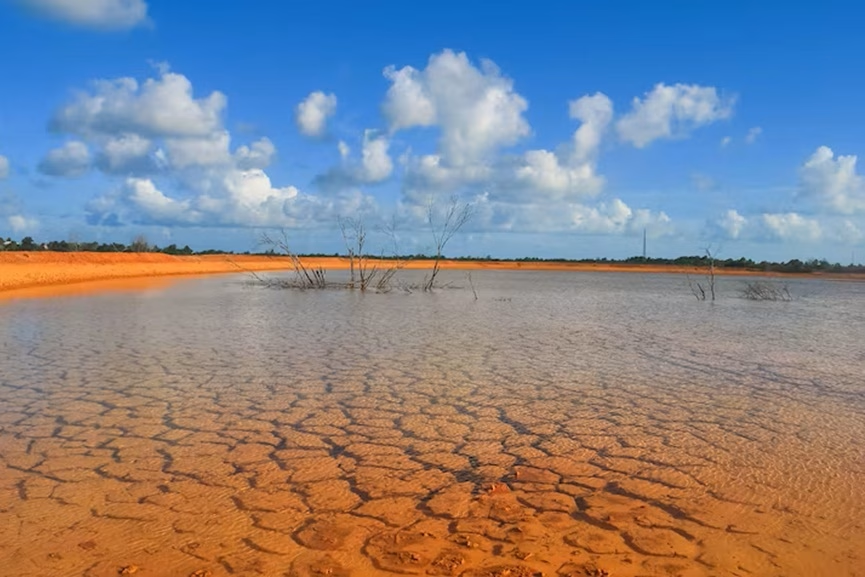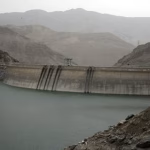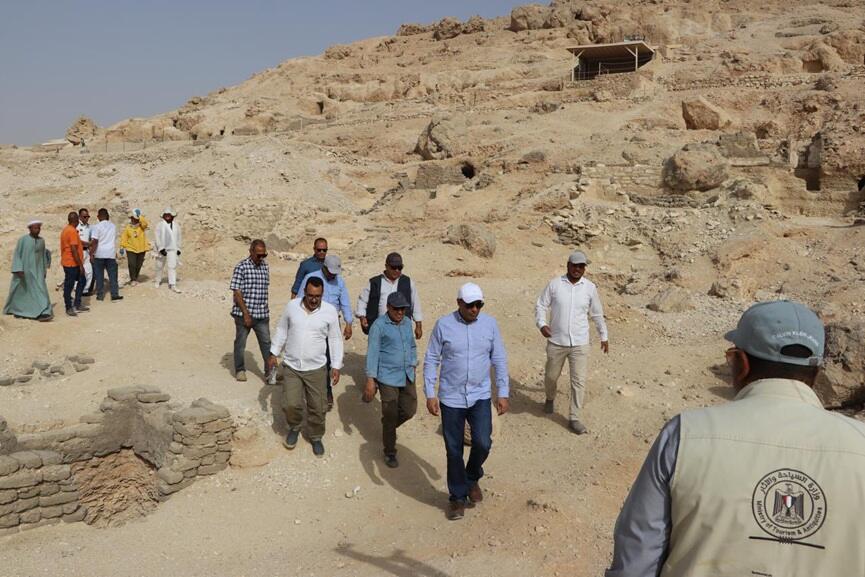Tehran: Iran has begun artificially inducing rain as the country battles its most severe drought in more than half a century. Authorities carried out cloud-seeding operations over the Urmia lake basin, hoping to ease a growing water crisis that has left reservoirs near empty and rainfall at historic lows.
Urmia, once Iran’s largest lake, has shrunk to a vast salt plain. Officials said more cloud-seeding flights are planned across East and West Azerbaijan in the coming days.
The move comes as President Masoud Pezeshkian warns that without significant rainfall soon, water rationing could begin in Tehran and parts of the capital may even face evacuation.
Cloud seeding involves releasing chemical salts such as silver iodide into clouds to help water vapour condense and fall as rain. The technique has been used for decades worldwide, including recently in the UAE to address water shortages.

Iran’s meteorological organisation reported an 89 percent drop in rainfall this year compared with long-term averages, calling this autumn the driest in 50 years. Officials have also announced penalties for households and businesses that use excessive amounts of water as the crisis worsens.
Ahmad Vazifeh, head of the National Centre for Climate and Drought Crisis Management, said dams in several provinces, including Tehran, West Azerbaijan, East Azerbaijan, and Markazi, are at critically low levels, with some showing water reserves in single-digit percentages.
As the situation grows more desperate, residents have turned to prayer. Hundreds gathered at a Tehran mosque on Friday to plead for rain. Meteorologists reported a glimmer of relief with some showers in western regions and snowfall at a ski resort north of the capital on Saturday, the first of the season, offering a brief moment of hope amid a deepening emergency.


























